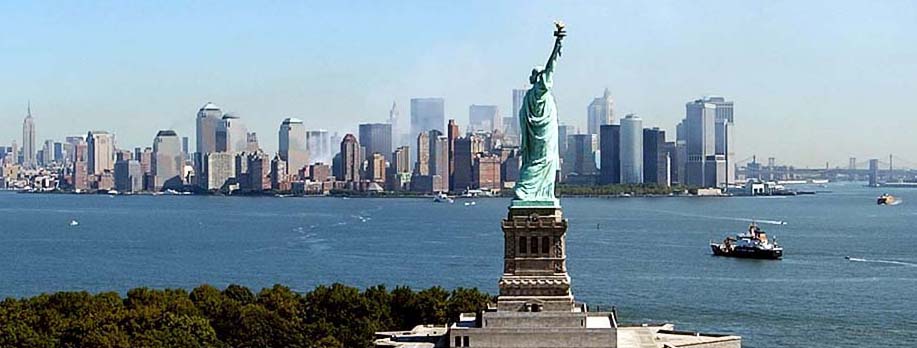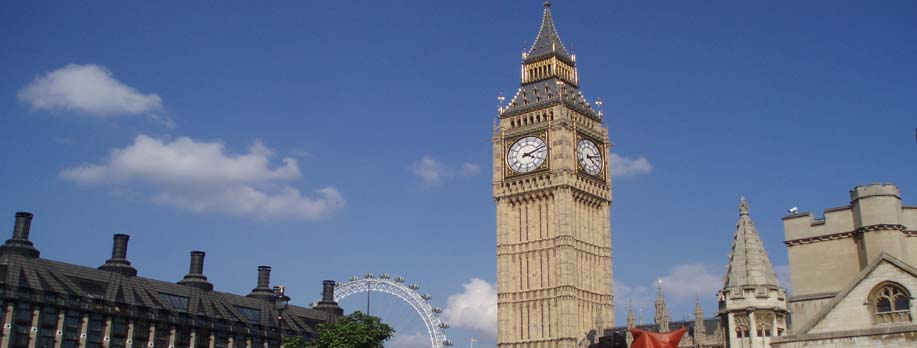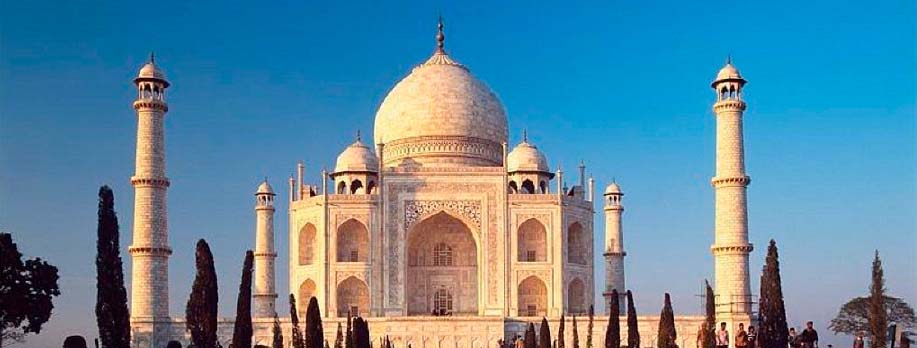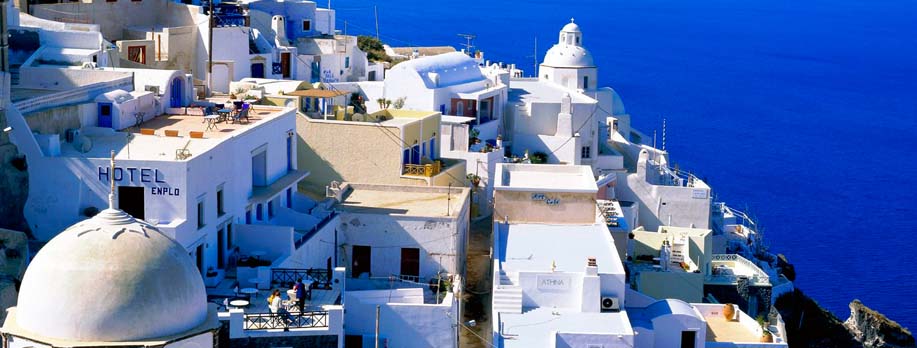Varanasi Sightseeing : Places to visit in destination Varanasi
RIVER FRONT - Varanasi
 The long string of ghats the chain of stone steps along the western bank of
the Ganges forms the major attraction of Varanasi. There are about hundred
ghats in the city and each of them is marked by a lingam and occupies its
own special place in the religious geography of the city. The ghats, though
some of them have crumbled over the years, continue to thrive with
early-morning bathers, Brahmin priests offering puja and people practicing
meditation and yoga. Though most of the ghats are used for bathing, there
are two ’burning ghats’ Manikarnika Ghat & Harishchandra Ghat were bodies
are cremated. The pilgrims here are supposed to bathe at five special ghats
in a sequence during a ritual called the Panchatirthi Yatra. For the casual
visitor however the easiest way to see the ghats is to follow a south-north
sequence either by boat or on foot.
The long string of ghats the chain of stone steps along the western bank of
the Ganges forms the major attraction of Varanasi. There are about hundred
ghats in the city and each of them is marked by a lingam and occupies its
own special place in the religious geography of the city. The ghats, though
some of them have crumbled over the years, continue to thrive with
early-morning bathers, Brahmin priests offering puja and people practicing
meditation and yoga. Though most of the ghats are used for bathing, there
are two ’burning ghats’ Manikarnika Ghat & Harishchandra Ghat were bodies
are cremated. The pilgrims here are supposed to bathe at five special ghats
in a sequence during a ritual called the Panchatirthi Yatra. For the casual
visitor however the easiest way to see the ghats is to follow a south-north
sequence either by boat or on foot. ALAMGIR MOSQUE - Varanasi
DURGA TEMPLE - Varanasi
VISHWANATH TEMPLE - Varanasi
 The temple is located in the premises of the Banaras Hindu University and is
about thirty minutes walk from the gates of the university. The temple,
built by the Birlas, was planned by Pandit Madan Mohan Malaviya. Unlike many
other temples in Varanasi, this temple is open to all irrespective of caste
or creed.
The temple is located in the premises of the Banaras Hindu University and is
about thirty minutes walk from the gates of the university. The temple,
built by the Birlas, was planned by Pandit Madan Mohan Malaviya. Unlike many
other temples in Varanasi, this temple is open to all irrespective of caste
or creed. BHARAT MATA MANDIR - Varanasi
 This temple of Bharat Mata (Mother India), inaugurated by Mahatma Gandhi,
lies about 3 kilometres west of Godaulia, outside the old city. Here,
instead of gods and goddesses, one finds a huge relief map in marble of the
whole of Indian subcontinent and Tibetan plateau. The map is said to be
perfectly to scale both vertically and horizontally with mountains, rivers
and the holy tirthas (pilgrimage centers) all clearly visible.
This temple of Bharat Mata (Mother India), inaugurated by Mahatma Gandhi,
lies about 3 kilometres west of Godaulia, outside the old city. Here,
instead of gods and goddesses, one finds a huge relief map in marble of the
whole of Indian subcontinent and Tibetan plateau. The map is said to be
perfectly to scale both vertically and horizontally with mountains, rivers
and the holy tirthas (pilgrimage centers) all clearly visible. TULSI MANAS TEMPLE - Varanasi
 Built in 1964, the Tulsi Manas Temple stands about 150 m south of Durga
Temple. The temple, dedicated to Lord Rama is situated at the place where
Tulsidas, the great medieval seer, is believed to have lived and written the
great epic †Shri Ramcharitmanasâ€. The two tier walls of the temple are
engraved with the verses and scenes from this great epic.
Built in 1964, the Tulsi Manas Temple stands about 150 m south of Durga
Temple. The temple, dedicated to Lord Rama is situated at the place where
Tulsidas, the great medieval seer, is believed to have lived and written the
great epic †Shri Ramcharitmanasâ€. The two tier walls of the temple are
engraved with the verses and scenes from this great epic. BANARAS HINDU UNIVERSITY - Varanasi
 One of the oldest educational centres in India, the Banaras Hindu University
was built in 1917. The university was founded by Pandit Madan Mohan Malviya
as a centre for the study of Indian art, culture, music and Sanskrit. The
university campus is spread over five square kilometres and houses the
Bharat Kala Bhavan. The Bhavan has a fine collection of miniature paintings,
sculptures from first to fifteenth centuries, old photographs of Varanasi
and brocade textiles. The campus also houses the New Vishwanatha Temple.
One of the oldest educational centres in India, the Banaras Hindu University
was built in 1917. The university was founded by Pandit Madan Mohan Malviya
as a centre for the study of Indian art, culture, music and Sanskrit. The
university campus is spread over five square kilometres and houses the
Bharat Kala Bhavan. The Bhavan has a fine collection of miniature paintings,
sculptures from first to fifteenth centuries, old photographs of Varanasi
and brocade textiles. The campus also houses the New Vishwanatha Temple.
MUSEUM - Varanasi
Varanasi City Travel Guide |
Sight Seeing of Varanasi |
Excursion in Varanasi
Varanasi Travel Tours |
Varanasi Hotels | Picture Gallery of Varanasi
Varanasi
City Travel Guide |
Sight Seeing of Varanasi
|
Excursion in Varanasi
Varanasi
Hotels










